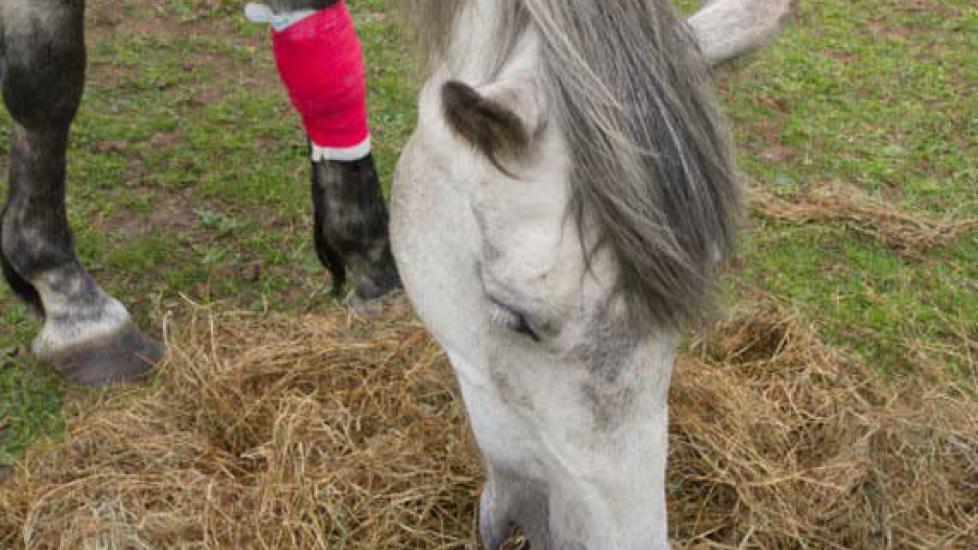Honey is Great for Wound Care, but Not All Honeys are Equal
A recent study from researchers at the University of Glasgow demonstrated that various types of honey have antimicrobial action and were effective in inhibiting growth of bacteria commonly found in equine leg wounds. Honey as an antiseptic agent isn’t a new thing, but has long been thought to be limited to only a certain type of honey, specifically manuka honey. Manuka honey is made by honeybees pollinating the manuka tree, which grows in New Zealand and certain parts of Australia.
I have personally never used medical-grade honey for wound care and although I find it interesting, I am cautious to mention it to clients. The reason behind my cautiousness is this same University of Glasgow study also looked at commercially available honey — the type you can buy at the grocery store. When cultured for bacterial growth, 18 out of the 29 different types of honey grew bacteria or fungi, meaning they were contaminated. Now, this isn’t to scare people away from eating honey. If you cultured any amount of produce from your local grocery store, you’re bound to grow some stuff and it doesn’t bother you to eat it. But then again, you’re not rubbing an apple or lettuce on an open wound.
My point here is that care needs to be taken when advising folks on proper veterinary care. It’s not enough to mention in passing that yes, honey has been shown to have antimicrobial action, because sometimes people hear things incorrectly and instead think that honey should be slathered on a wound, end of story. And I don’t want that to happen.
Instead, what I do want to happen is to have an engaging dialogue with clients on the option of using medical-grade honey (medical-grade has been sterilized to eliminate contaminating bacteria/fungi) on a wound. When I’m dressing an uncomplicated wound — meaning one that is superficial, not large, doesn’t involve bone, joint, or soft tissue exposure — I’ll often reach for a jar of antibiotic ointment prior to wrapping the wound in protective gauze while we wait for scar tissue to repair the damage.
Another interesting finding from the Glasgow study was that some of the honeys they tested were effective against the dreaded MRSA (methicillin-resistant Staphylococcus aureus). This is especially neat for those wound cases that aren’t healing because of resistant bacterial infections.
After reading this study, I admit I’m now curious to try honey on my next wound case, if appropriate. Turns out veterinarians can actually order the stuff through medical suppliers, so it seems easy to get. I feel like maybe for me, honey has now stepped out of the realm of “all natural whack-job crack-pot therapy” into legitimate science. It’s just that I could see myself sneaking into my honey stash when I’m hard up for something sweet to eat when out on the road. It would probably look pretty unprofessional if I showed up to a farm with honey smeared all over my face, like some grotesque human version of Pooh Bear. But what if I offered to share?

Dr. Anna O'Brien
Image: Thinkstock
